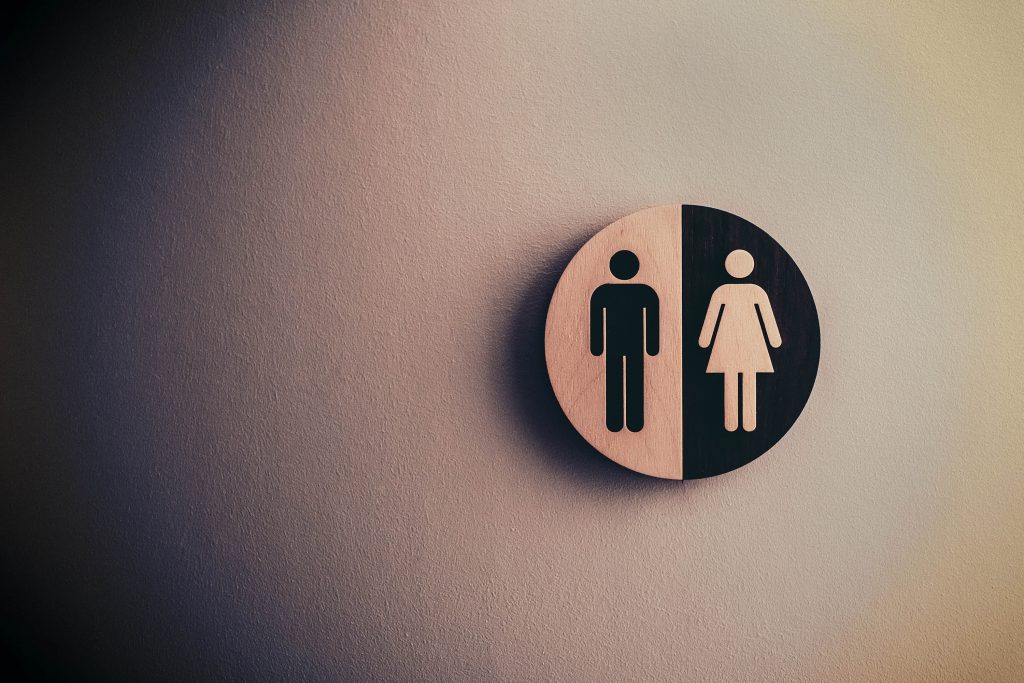Do you have water around your toilet base? This indicates that there is a leak within your toilet somewhere most likely from the base. If left untreated the water can start pouring out as it gets worse. Don’t let your home bathroom become a swimming pool it is time to start the drains repair process.
The tee bolts are loose
Do you know that the caps that are around the base of the toilet are actually covering the tee bolts and help to keep the toilet firm in place? When the bolts are broken or just loose, this will create a leak. So firstly, you can try and reposition the toilet, so it is centered and levelled and then start to tighten the bolts. If the bolts are just spinning freely or broken this indicates, you need a replacement.
Do you know there are plastic caps positioned around the base of your toilet? Those caps are covering tee bolts that help hold your toilet firmly in place. When these bolts are slack or broken, the toilet’s seal will end up breaking, causing leaks to occur. Reposition your toilet so it is levelled and cented and begin tightening the bolts. If the bolts are spinning freely or you find they are broken, head to the store for a replacement set.
A damaged wax ring
You have tried to tighten the tee bolts but find your toilet is still leaking. Next item to look at is the wax ring and will most likely need to be replaced. Purchase a new set of wax rings for your toilet if you don’t know what you are looking for take a picture of your toilet base and get a staff member to assist you in finding a replacement.

Now to prep the toilet firstly by shutting off the water to the toilet via the water valve which you will find just behind the toilet there. You need to flush the toilet to get rid of the sitting water. In order to remove leftover water, you will need to unscrew the nut that is holding the fill valve and then catch the excess water with a bucket or container. You now need to remove any remaining water by plunging for just a few seconds is all that is needed.
Now you needed to remove the toilet and the wax ring. You can unscrew the water supply line and remove the tee bolts. The toilet is ready to be removed from where it is located. You can lay the toilet down on its side and remove the old wax ring. Remove any left-over residue before you put in the new wax ring. Now take your new wax ring and place it over the flange with the tee bolts being secured into place. You can now reposition the toilet back into its place. You will need to make sure the toilet is in the right spot then use your own body weight in order to push it into the new wax ring to create a new tight seal. Now you can screw the tee bolts into place but do not overtighten remember from here the toilet needs to be levelled and cented properly. You can reconnect the water line by turning the valve back on and then flush the toilet. Keep an eye on the toilet to see if there is any water leaking.
A leaking toilet can cause water damage, mould to grow and your bill will increase. If you do not want to undertake the repairs yourself, you can get a professional plumber or a drainage engineer to come out and inspect the water leak and fix the drains where necessary.
But what exactly are drainage engineers?
Drainage engineers work with systems to guarantee water, sewage and other substances can flow between methods as economically as you can. They work closely with civil engineering companies to ensure proper construction of an infrastructure or other large scale projects.
When these systems fail — typically because of blockage or burst pipe — drainage engineers are responsible for discovering and fixing the issue. As often these pipes include sewage, drainage engineering is not for the faint hearted.
Among the most well-known recent examples of drainage technology in the office was London’s fatberg, a massive mass of household and industrial waste which weighed up to 11 double decker buses. Drainage engineers were called in to dislodge the monstrosity and the work took nearly three weeks.
Drainage engineers will also be responsible for organizing drainage systems for new builds, such as excavating, setting foundations and installing plumbing.
In more domestic settings, drainage engineers — like the ones on the Local Heroes platform — examine a house’s sewers and drainage systems to determine where a blockage is located, its probable cause and how to fix it. Some companies also provide drainage engineering consultation to those that need it.
A complete drainage survey may also involve using CCTV to determine the likelihood of future drainage issues.
To clear a blockage, a drainage engineer may utilize a tool as straightforward as a long, flexible pole but are more likely now to use high pressure water to clear a blockage.



